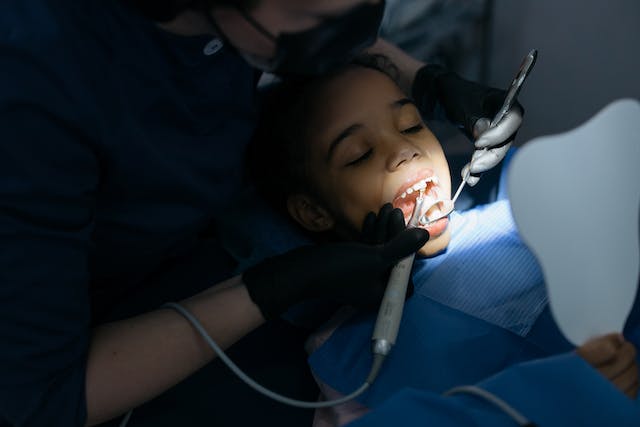Don’t Ignore the Clues: How to Spot Dental Discomfort in Your Little Ones
Is your little one giving you subtle hints about their dental discomfort? As parents, it’s easy to overlook the signs that our children may be experiencing dental issues. But by learning how to spot these clues early on, we can ensure that their smiles stay bright and healthy. In this blog post, we will dive into the world of pediatric dental problems and share some valuable tips on identifying and addressing them before they become bigger issues.
Changes in Eating Habits
A noticeable shift in a child’s eating habits can be one of the earliest signs of dental discomfort. If your child suddenly avoids certain foods, refuses to eat, or frequently complains of pain while chewing, it may signal an underlying dental issue. Reluctance to consume cold or hot foods and beverages could also be a cause for concern. Changes in eating habits are often the result of dental pain or sensitivity that should not be ignored.
Complaints of Tooth Pain or Discomfort
Young children might not always express themselves clearly, but if your child consistently complains of tooth pain or discomfort, it’s crucial to take their complaints seriously. Even vague statements like “my mouth hurts” or “my teeth feel funny” should be investigated further. These complaints can indicate various dental problems, including cavities, gum issues, or tooth infections. Childrens dentistry tips mention that as a parent, you should schedule a dental appointment for your child to have their teeth checked if complaints persist.
Sensitivity to Hot or Cold Temperatures
Another common sign of dental discomfort in young children is sensitivity to hot or cold temperatures. If your child reacts strongly to cold drinks, ice cream, or hot foods, it may be an indication of dental sensitivity. This sensitivity could be due to issues like exposed nerves, enamel erosion, or cavities. It’s important to address this sensitivity promptly, as it can significantly impact your child’s daily life and oral health.

Visible Changes in the Teeth or Gums
Careful observation of your child’s teeth and gums can reveal important clues about their oral health. Watch for visible changes such as discoloration, spots, or the appearance of white or brown lines on the teeth. Swollen, red, or bleeding gums can also be indicators of dental discomfort, especially if these conditions persist. Any visible changes in the oral cavity should be brought to the attention of a pediatric dentist.
Difficulty in Speaking or Pronunciation
Dental discomfort can affect a child’s ability to speak clearly or pronounce certain words. When your child experiences pain or discomfort in the mouth, they might avoid using certain sounds or struggle with specific words. This speech impediment can be linked to issues like misaligned teeth, overbites, or toothaches. Early intervention is crucial to ensure that speech development progresses without hindrance.
Unusual Behavior and Irritability
Sometimes, dental discomfort can manifest as changes in behavior. Young children who are experiencing dental issues may become irritable, fussy, or anxious. They might have trouble sleeping due to discomfort in the mouth. As a parent, if you notice a sudden shift in your child’s behavior, consider the possibility of dental discomfort as the underlying cause. Recognizing the signs of dental discomfort in young children is a responsibility that parents should take seriously. By staying vigilant for changes in eating habits, complaints of tooth pain, sensitivity to temperature, visible changes in the teeth or gums, speech difficulties, and unusual behavior, parents can ensure that their children’s dental issues are addressed promptly.…


